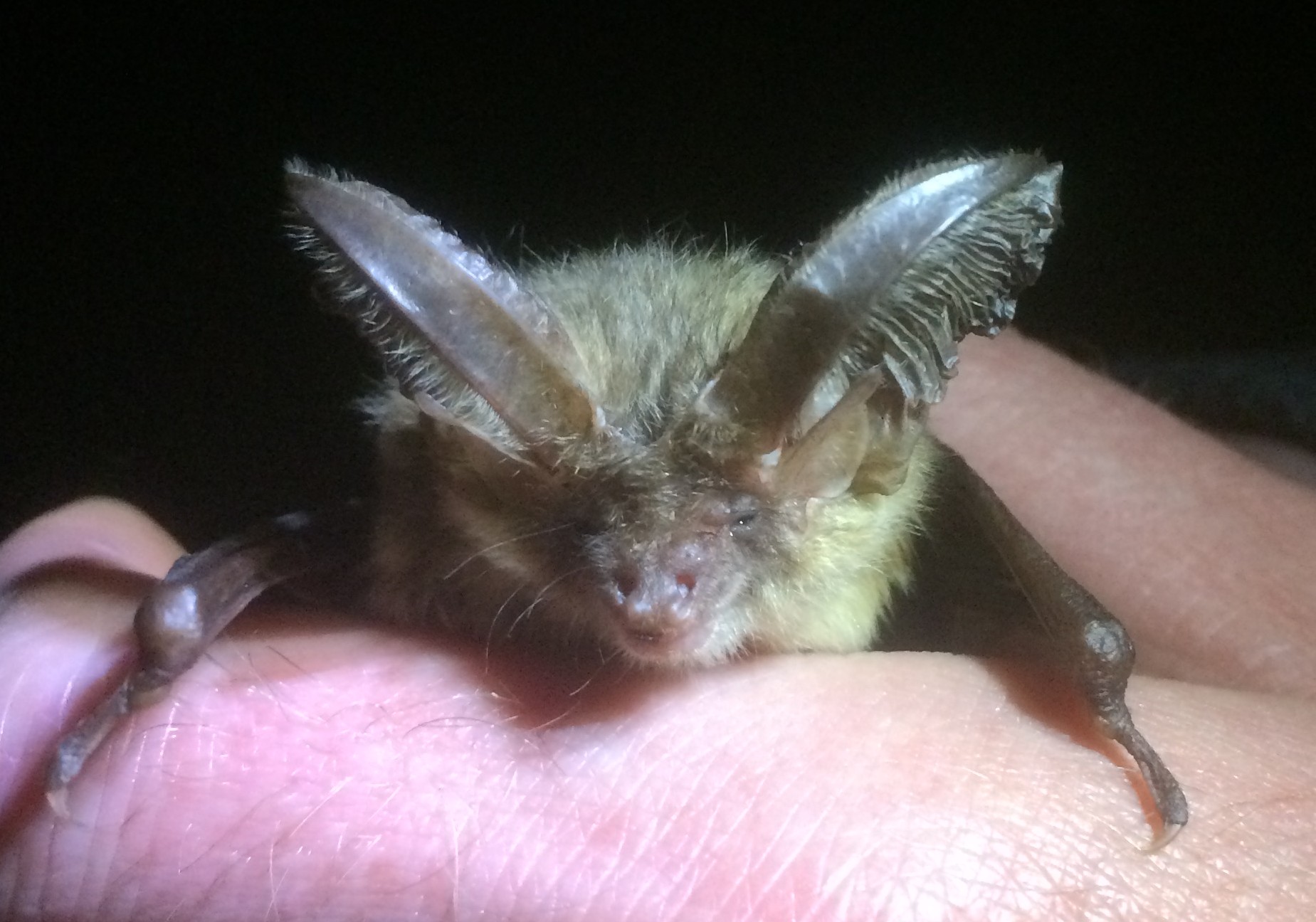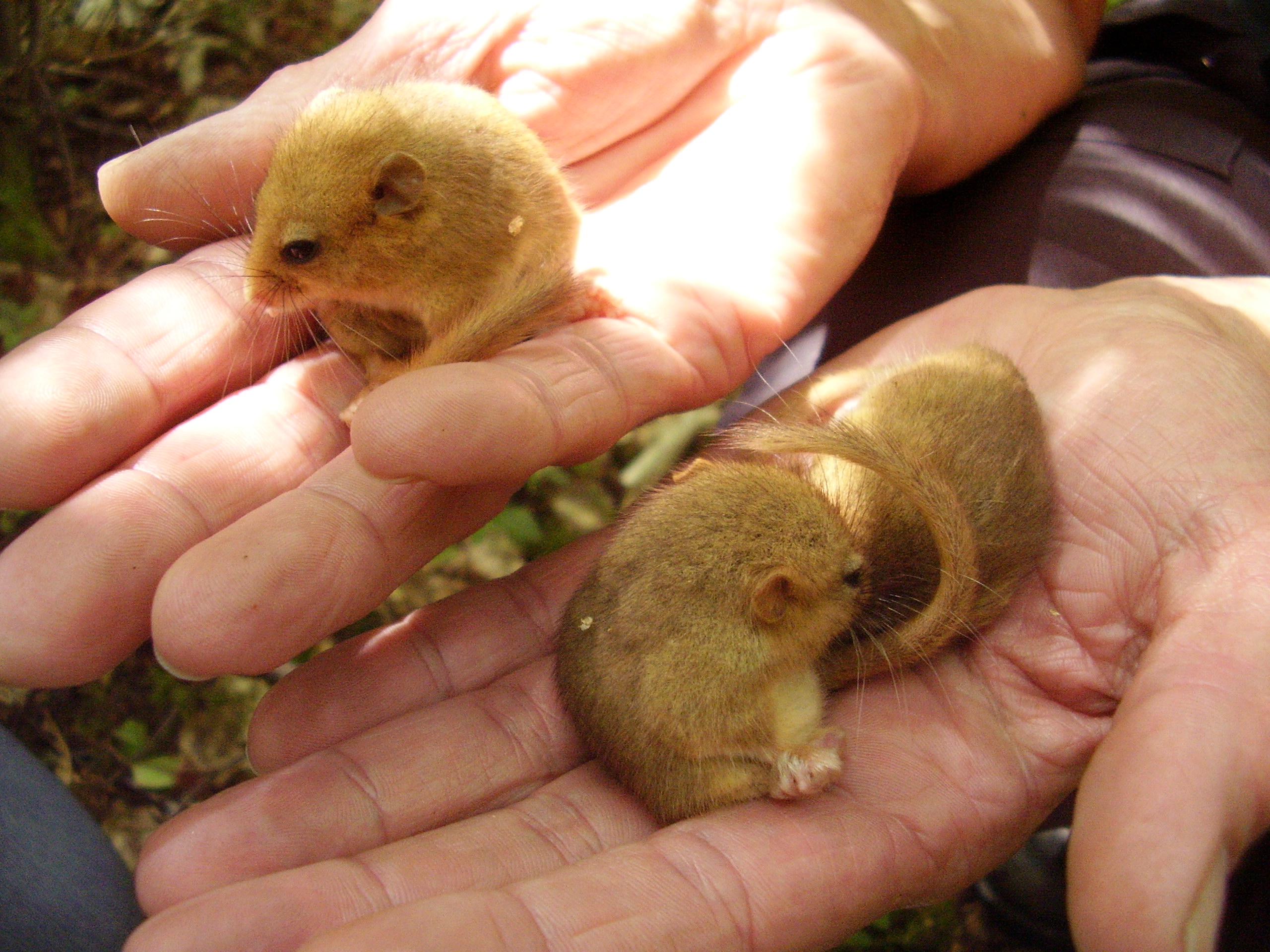|
The recent results of the first comprehensive review of mammal populations for more than 20 years, undertaken by the Mammal Society for Natural England, makes sombre reading, It concluded that nearly one in five of our mammal species are at risk from extinction within the next ten years.
Other mammals have been placed on the ‘Red List’, meaning their future cannot be guaranteed. This grim outlook is the outcome of such things as pesticide use, loss of habitat to new housing and infrastructure projects and road deaths.
The study analysed more than 1.5 million mammal sightings from all over Britain, many by volunteers and citizen scientists. Scient ists then added data from more than 500 published studies to produce estimates of population size and range. They also used internationally agreed criteria to produce a red list of the most endangered species.
.jpg) The Mid Arun Valley supports a number of mammal species that are in trouble according to the survey shown in the table below. The Mid Arun Valley supports a number of mammal species that are in trouble according to the survey shown in the table below.
|
Species
|
Red List category
|
|
Hazel Dormouse
|
Vulnerable
|
|
Hedgehog
|
Vulnerable
|
|
Water Vole
|
Endangered
|
|
Barbestelle bat
|
Vulnerable
|
|
Nathusius’ pipistrelle bat
|
Near threatened
|
|
Serotine bat
|
Vulnerable
|
| |
|
|
|
|
Hedgehogs have declined by two thirds since the last mammal assessment twenty years ago, with an estimated 500,000 individuals remaining. Hedgehog deaths are the result of loss of hedgerows, pesticides killing their insect food and road deaths. Hedgehogs and signs of hedgehogs are seen regularly along hedgerows by the public footpaths radiating out from the Binsted Woods Complex.
Britain supports seventeen breeding bat species of which fourteen have been recorded in the Mid Arun Valley woodlands. Three of these species are on the Red List, including the barbastelle bat, nathusius’ pipistrelle and the serotine. The serotine roosts in houses in Barnham and commutes to Binsted Woods for foraging. Nathusius’ pipistrelle and barbastelles roost in trees (and buildings) and forage over a wide area.  An additional very rare bat found in the Mid Arun Valley woodlands, the alcathoe, could not be assessed in this study due to insufficient data. This species roosts within veteran trees in exactly the location of woodland that will be destroyed by the planned major junction onto the existing A27. Bats flying in the open are vulnerable to night-time predators, such as owls, and therefore must use the network of tree lines and hedgerows as dark and safe corridors, known as flight lines, in order to commute. Such flight lines radiate out from all around the south and the west of the Binsted Woods Complex, and will all be severed by the proposed A27 option. This will pose a major challenge to the bats found in the area and their ability to feed and survive. An additional very rare bat found in the Mid Arun Valley woodlands, the alcathoe, could not be assessed in this study due to insufficient data. This species roosts within veteran trees in exactly the location of woodland that will be destroyed by the planned major junction onto the existing A27. Bats flying in the open are vulnerable to night-time predators, such as owls, and therefore must use the network of tree lines and hedgerows as dark and safe corridors, known as flight lines, in order to commute. Such flight lines radiate out from all around the south and the west of the Binsted Woods Complex, and will all be severed by the proposed A27 option. This will pose a major challenge to the bats found in the area and their ability to feed and survive.
Water voles live in banks along the ditches around the Mid Arun Valley, including Tortington Rife and Binsted Rife. The population appears to be low (due to predators such as mink) but stable. The area provides part of a watery network of ditches associated with the River Arun extending from Pulborough right down to the coast at Climping gap. This ditch and stream network also extends west to Chichester, with amazing connectivity for the heavily populated Sussex coast, enabling movement and dispersal – vital for a species under pressure.
Just 132, 000 water voles remain in Great Britain which is down from one million in 1995 – putting them on the endangered list. The proposed road will sever streams draining the South Downs, the Binsted Woods Complex and feeding the open ditch network upon which water voles depend.
 Whilst the water vole relies on the ditch network, the hazel dormouse, as with the bats and hedgehog, relies on the network of tree lines and hedgerows across the landscape. The Binsted Woods Complex supports a major population that disperses along these corridors. We believe that the large and stable woodland population shores up the surrounding smaller populations over a large landscape area, that are more vulnerable to local extinctions. Whilst the water vole relies on the ditch network, the hazel dormouse, as with the bats and hedgehog, relies on the network of tree lines and hedgerows across the landscape. The Binsted Woods Complex supports a major population that disperses along these corridors. We believe that the large and stable woodland population shores up the surrounding smaller populations over a large landscape area, that are more vulnerable to local extinctions.
An additional dual carriageway, set on embankments as high as the roofs of surrounding houses and with a working width of 175 metres that cuts through ancient shaws, hedgerows and tree lines and destroys wet woodland and veteran trees, will have a devastating impact on these mammals -
– not to mention the badgers whose setts will be destroyed and foraging areas severed, the thousands of toads commuting to the ditches and ponds to breed, the reptiles hibernating in the woodland and breeding in the grasslands, the Barn Owls flying across the habitat and the Herring Gulls and Black-head Gulls that roost in their thousands in fields destined to be concreted over.
Animals must move across the landscape in order to hibernate, feed and breed just as humans do. An additional major road in this area will sever these links and substantially contribute to this decline in one of the richest wildlife areas along the heavily built up Sussex coastal plain.
The Mammal Society findings are on top of widely publicised studies across Europe revealing the collapse of bird and insect populations. Thse trends resulted in naturalist Chris Packham stating that we are on the brink of an ‘ecological apocalyse.’
Professor Fiona Mathews, Chair of the Mammal Society, said: “This is happening on our own doorstep so it falls upon all of us to try and do what we can to ensure that our threatened species do not go the way of the lynx, wolf and elk and disappear from our shores forever.”
|